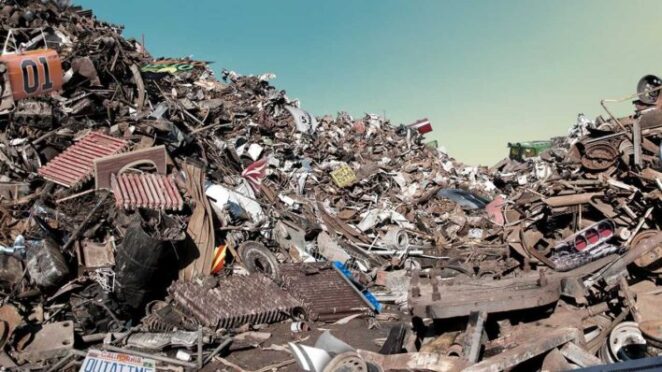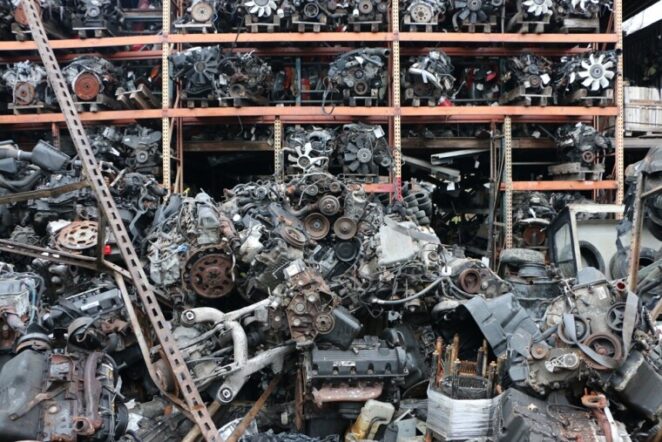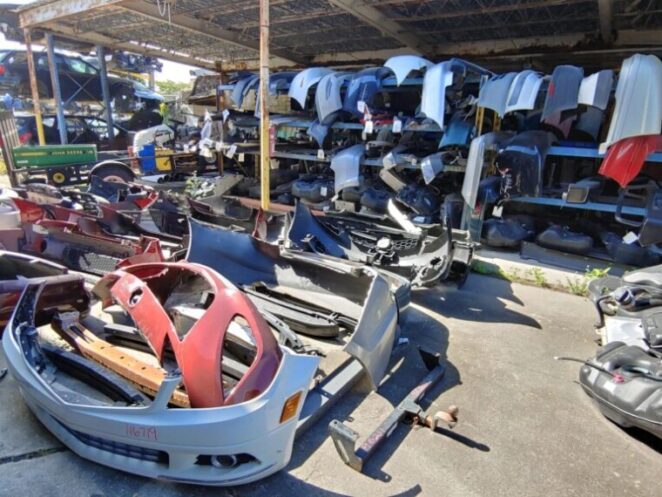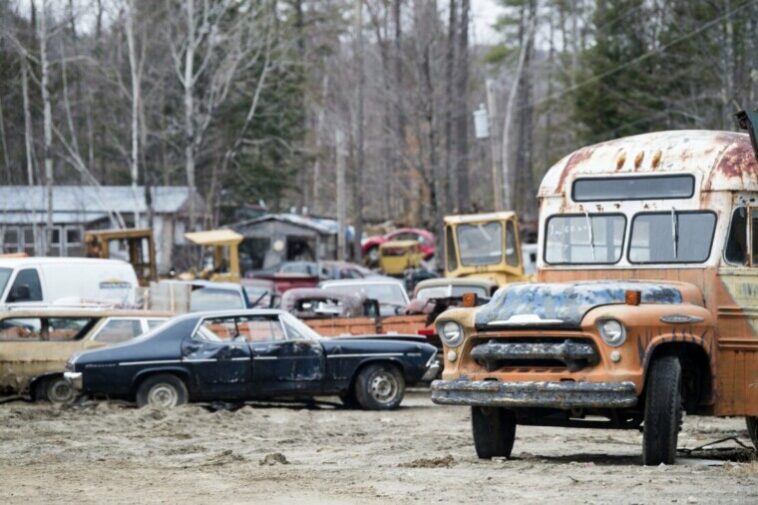Not everyone wants or has the necessary funds to buy spares from a shop and pay the full price for them. Sometimes, it’s even borderline wasteful to go out and buy a new spare part for your vehicle. So, as an alternative, you’re most likely to go out and visit a local junkyard and get yourself a spare part off of a dead car.
However, since you are not buying a new part, you don’t really have any guarantee whether the part will work or not. What we mean is, scrapping for used car parts on a junkyard can prove to be more than good, but also not as much. Therefore, we’ve decided to let you in a couple of secrets.
Here is what to consider when buying used car parts from a local junkyard.

1. Type Of Junkyard
You might think to yourself that there are no differences between junkyards. After all, they just store old, dingy cars that are either on the brink of death or have died a long time ago. To be fair, that is true. However, there are some not-so-subtle differences between them, and the main one lies in what kind of service they provide.
Not every junkyard is run the same. Since most of them sell used car parts, they have to find a way to efficiently run the business. So, the main types of junkyards are full-service and you-pull-it.
As you can probably tell from the name, you can either come to a junkyard, talk to the guy working there and buy the spare part you’re looking for, or you could be pointed in the direction of a car that has the part that you need, and it would be up to you to pull it out. Even though you’ll get the same thing out of both, the main difference lies in price and the effort you put in.
If you don’t want to get your hands dirty or you simply don’t know enough about cars, you’ll go to a full-service junkyard and have someone else do the work for you. As expected, the full-service is going to cost a little bit extra because you’ll have to pay for the labour, as well.
On the other hand, if you don’t mind getting down and dirty, you’ll opt-out for the you-pull-it type of junkyard, roll up your sleeves and extract the part you need all by yourself. And, since there’s no labour involved for the junkyard workers – you’ll pay less.
Now, some operations offer both options to their customers, although these aren’t as common.

2. The Tools
While we’re on the subject of types of junkyards, another thing to consider is will you need to bring tools or not. If you’re going to a full-service junkyard, then you probably won’t need anything but some money. However, if you do decide to go out and extract the spare yourself – you will probably need them.
Most of the you-pull-it junkyards won’t give tools to their customers. They could probably lend you a screw if you really need one, but you will have to bring your own toolbox. As expected, if you need an engine, this won’t apply because you can’t really bring heavy machinery with you, but for all the other parts – it will be up to you to provide the necessary tools.

3. The Reputation
You are very likely to get scammed if you don’t know who you’re dealing business with. There are a lot of unreliable people in this business, and they’re only in it for the money. They think just because they deal with scraps and dead cars that they’re sheltered from any responsibility, and the sad part is – they kind of are.
If you are looking for used car parts, check out https://www.usedpart.us/
You are pulling a spare off of a dead car. That means that no one can guarantee you the longevity or quality of that spare, and that’s precisely what a lot of people take advantage of. They’ll sell you faulty spare parts just to make some money even though they know the spare part is no good.
So, you will have to consider the reputation of the junkyard, and you will have to do your research. Either go online or talk to other people and look for recommendations. That’s the only good way to make sure you don’t get scammed.

4. What You Need
You need to be absolutely certain of what you want and need when you go shopping for spare parts in a junkyard. Mostly because these parts don’t come with a warranty or a return policy, so if you get the wrong one – you’re stuck with it.
Also, as we’ve said, some of these guys might just try and scam you, so you have to know what you’re looking for and how to tell a good spare from a bad one. Even though a spare might look the part, there could be things wrong with it. Look out from obvious signs of damage, like cracks, and don’t let anyone fool you. Don’t forget; there is a reason why these cars aren’t in someone’s garage. They’re dead and gone, and some of their parts are, as well. So keep your eyes open and perform a thorough inspection.
Furthermore, you should be more than aware of which parts can be used from a scrawny car and which ones can’t. For example, belts, hoses, filters, breaks – all of these should be purchased brand new. You shouldn’t gamble with your and other people’s lives by buying used brakes off of an old car that’s been sitting in the junkyard for god knows how long.
On the other hand, if you need something like engine parts, body parts, gauges, wiring, interior elements – you can easily get those and make the most of them.
Conclusion:
These four are the main things you should consider if you want to visit your local junkyard in search of spare car parts. As you can see, there is a good reason to keep every one of these in mind and on that note, we’re hopeful we’ve been able to help.




